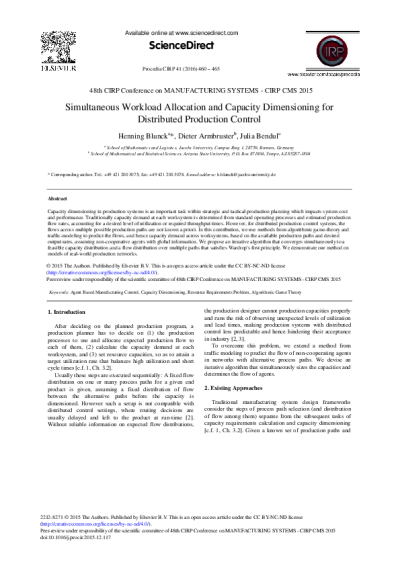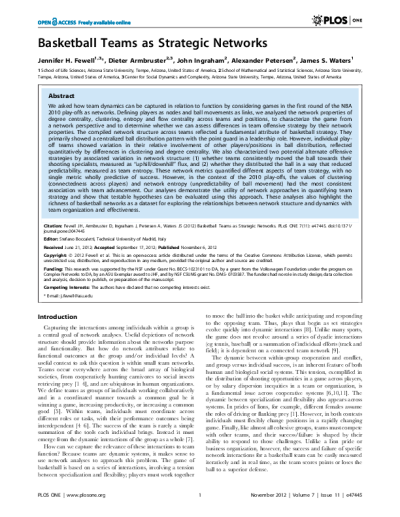The economics of need-based transfers

occur to preserve the viable participation of individuals in an economy, e.g. reciprocal gifting
of cattle among East African herders or food sharing among vampire bats. With the
broad goal of better understanding the mathematics of such binary welfare and risk pooling,
agent-based simulations are conducted to explore socially optimal transfer policies
and sharing network structures, kinetic exchange models that utilize tools from the kinetic
theory of gas dynamics are utilized to characterize the wealth distribution of an NBT economy,
and a variant of repeated prisoner’s dilemma is analyzed to determine whether and
why individuals would participate in such a system of reciprocal altruism.
From agent-based simulation and kinetic exchange models, it is found that regressive
NBT wealth redistribution acts as a cutting stock optimization heuristic that most efficiently
matches deficits to surpluses to improve short-term survival; however, progressive
redistribution leads to a wealth distribution that is more stable in volatile environments and
therefore is optimal for long-term survival. Homogeneous sharing networks with low variance
in degree are found to be ideal for maintaining community viability as the burden and
benefit of NBTs is equally shared. Also, phrasing NBTs as a survivor’s dilemma reveals
parameter regions where the repeated game becomes equivalent to a stag hunt or harmony
game, and thus where cooperation is evolutionarily stable.
- Author (aut): Kayser, Kirk
- Thesis advisor (ths): Armbruster, Dieter
- Committee member: Lampert, Adam
- Committee member: Ringhofer, Christian
- Committee member: Motsch, Sebastien
- Committee member: Gardner, Carl
- Publisher (pbl): Arizona State University






